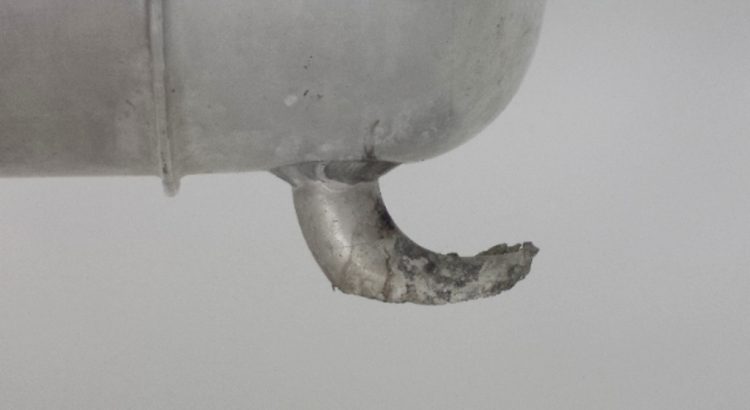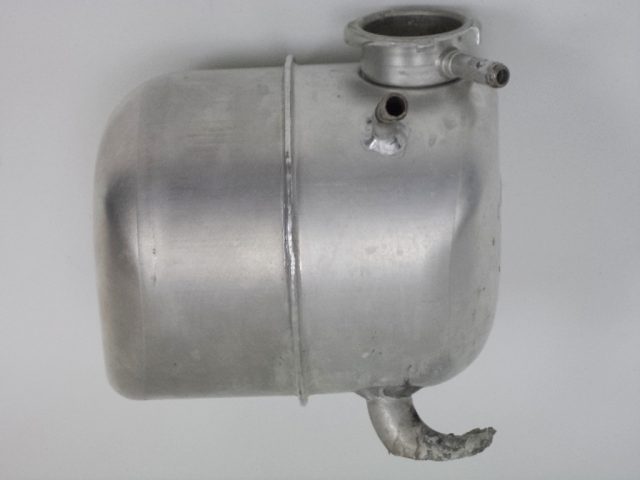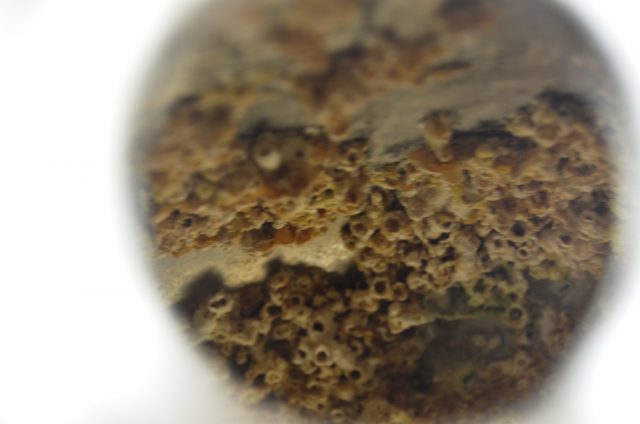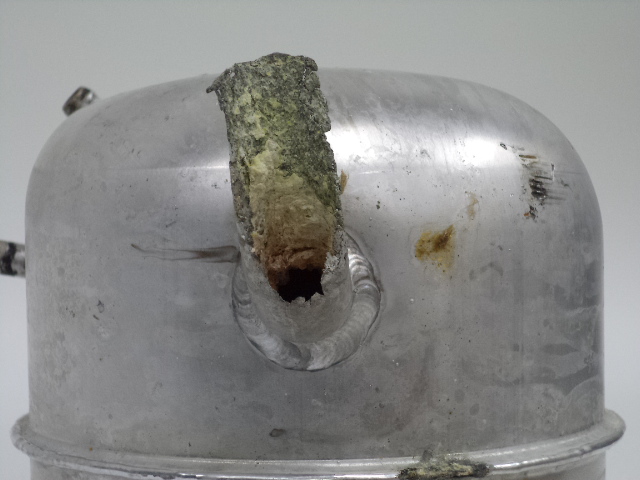A voltmeter capable of reading both AC and DC currents is required to test cooling systems. The meter needs to read zero to the maximum voltage of the system being tested in tenths of a volt. The meter leads must be long enough to reach between the coolant and the groundside of the battery. An ohm function of a voltmeter is very helpful to pinpoint areas of resistance in as electrical system that will cause an electrical current to ground through the coolant rather than the engineered electrical circuit.
Procedure
- Attach the proper meter lead to the groundside of the battery, negative-to-negative or positive-to-positive.
- Install the second lead in the coolant touching the coolant only.
- Read the DC and AC voltage with all systems off. If a block heater is present, also take a reading with the heater turned on. If an automatic battery charger is present, as a standby system, also take a reading with this system running.
- Read the DC and AC voltage with the electrical starter engaged.
- Read the DC and the AC voltage with the engine running and all systems turned on: lights, coolers, fans, heaters, air conditioning, cell phone, two-way radio, including the phone and radio on both standby and transmit.
- The above procedure will test a complete system except for an electrical current, which can be generated by the rear end transmission. This is particularly true with air bag suspensions, rubber pad suspensions and rubber-mounted transmissions. Any current generated will travel up to the drive shaft to ground through the engine coolant. Grounding rear ends and transmissions is strongly recommended.
- Voltage of zero to .3 is normal in a coolant of cast iron engine. Such an engine will be destroyed with time by .5 volts, and engine manufactures are reporting .15 volts will destroy an aluminum engine.
- The current will be AC if the problem is due to static electricity.
- If the coolant shows an electrical problem with all the equipment turned on; turn off one system at a time until you finally turn off the system that stops the electrical current. When the current stops, this will indicate the electrical system causing the problem.
- Be partially careful of starters. They can cause as much damage to a cooling system as a direct connection to an arc welder. This is due to the amperage present.
- Always change the coolant if a current is detected. The electrical current will destroy the protecting chemicals in a properly inhibited coolant.
Story courtesy Tom Dewitt
Like this article? Read more Cooling Tech Tips for other systems…



